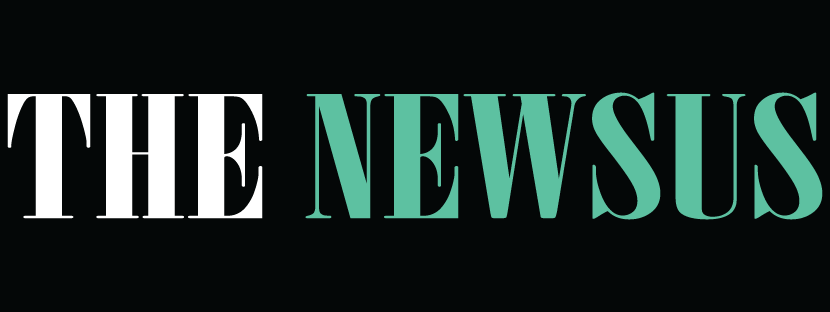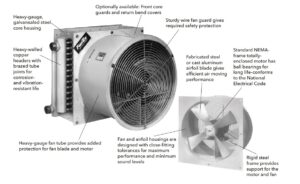How Can Employers Customize Section 125 Plans to Meet Employee Needs in 2025?
In 2025, the landscape of employee benefits continues to evolve, and one tool employers increasingly rely on is the section...

In 2025, the landscape of employee benefits continues to evolve, and one tool employers increasingly rely on is the section 125 plan. A section 125 plan, commonly known as a cafeteria plan, allows employees to choose from a variety of pre-tax benefit options, enabling them to select the benefits that best suit their individual needs. Employers who understand how to customize these plans can enhance employee satisfaction, improve retention, and create a more flexible and appealing workplace environment.
Understanding Section 125 Plans
A section 125 plan provides a framework through which employees can pay for certain benefits with pre-tax dollars, effectively lowering their taxable income. This typically includes options such as health insurance premiums, dependent care expenses, and other qualified benefits. Employers need to be well-versed in the IRS regulations that govern these plans to ensure compliance and to design a system that maximizes value for both the organization and its workforce.
Assessing Employee Demographics
Customization begins with understanding the composition of the workforce. Different age groups, family structures, and life stages influence the types of benefits employees prioritize. For example, younger employees may value student loan repayment options or fitness benefits, whereas employees with families may be more interested in dependent care accounts or comprehensive health coverage. Collecting demographic data and conducting surveys can provide insights into what employees actually need and want.

Offering Flexible Spending Accounts
Flexible spending accounts (FSAs) are a key component of many section 125 plans. By allowing employees to allocate pre-tax dollars for medical and dependent care expenses, FSAs provide financial flexibility and help cover out-of-pocket costs. Employers can customize FSAs by setting contribution limits, defining eligible expenses, and offering dependent care accounts tailored to employees’ family situations. Clear communication about how FSAs work and their benefits is critical to maximize participation.
Integrating Health Savings Accounts
For employees enrolled in high-deductible health plans, health savings accounts (HSAs) offer another layer of customization. Contributions to HSAs are tax-advantaged and can be used for a broad range of medical expenses. Employers can enhance the appeal of their section 125 plans by offering HSA matching contributions or educational resources that guide employees on how to optimize these accounts. Providing tools to project future savings and tax benefits can increase engagement and satisfaction.
Including Commuter Benefits
Commuter benefits are becoming increasingly popular as urbanization and remote work create diverse commuting patterns. Section 125 plans can include options for pre-tax transit and parking expenses, giving employees financial relief while encouraging environmentally friendly transportation choices. Employers can analyze commuting trends and offer benefits that align with employee routines, whether they involve public transportation, carpooling, or parking allowances near the workplace.

Supporting Lifestyle and Wellness Options
Modern section 125 plans can extend beyond traditional health benefits to include wellness and lifestyle options. Programs such as gym memberships, mental health support, and nutrition counseling can be offered on a pre-tax basis, helping employees maintain overall well-being. By assessing employee interests and wellness priorities, employers can design plans that promote a healthier and more productive workforce, while also addressing emerging concerns such as mental health and work-life balance.
Customizing Life and Disability Coverage
Life insurance and disability coverage are essential elements of a comprehensive benefits strategy. Section 125 plans allow employees to select the level of coverage that meets their personal circumstances. Employers can provide various tiers of life and disability insurance, along with options for supplemental coverage. Educating employees about the differences between basic and supplemental benefits ensures informed choices that match individual financial goals and family needs.
Offering Education and Communication Tools
Effective communication is crucial for the success of any section 125 plan. Employers should offer tools such as online portals, interactive calculators, and informational webinars to help employees understand their options. Clear explanations of tax advantages, contribution limits, and eligible expenses empower employees to make decisions that optimize their benefits. Regular updates and personalized guidance ensure that employees remain engaged and fully utilize the offerings of the plan.
Evaluating Cost and Participation
While customization is important, employers must also balance costs and participation levels. Analyzing enrollment trends, utilization rates, and overall plan expenses allows employers to adjust offerings to better suit employee preferences without creating unsustainable costs. This ongoing evaluation helps maintain the financial health of the benefits program while ensuring it remains relevant and attractive to employees.

Aligning Section 125 Plans with Overall Employee Benefits Strategy
In 2025, the most effective section 125 plans are those integrated into a broader employee benefits strategy. By coordinating these plans with other offerings such as retirement savings, professional development, and flexible work arrangements, employers can create a cohesive and comprehensive package. Customization should reflect both organizational goals and the diverse needs of employees, ultimately enhancing engagement, satisfaction, and loyalty. A thoughtfully designed section 125 plan serves as a cornerstone of a robust employee benefits package, helping organizations remain competitive in attracting and retaining top talent.



